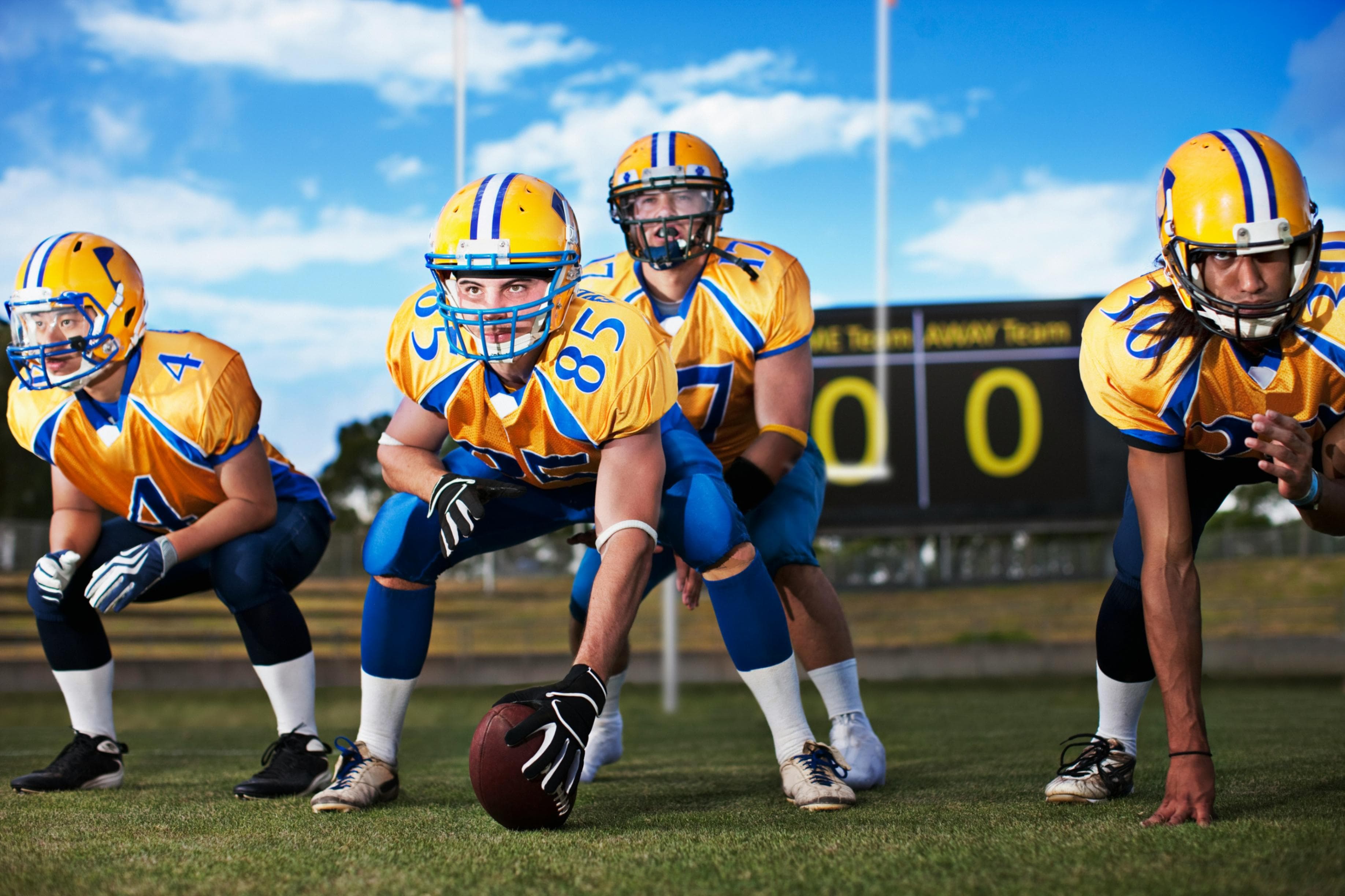
Mindfulness in School Sports: The Secret to Building Mentally Tough Athletes
In the final seconds of a tight game, pressure builds. Your athletes' heart races and their mind swirls with self-doubt, mistakes and even expectations. As coaches, we’ve all seen those moments when a player checks out mentally and lets frustration take over. But what if they had the tools to stay grounded, reset, and focus? That’s what mindfulness can offer. It’s not a luxury; it’s a performance tool, a recovery skill, and a way to support the whole student-athlete.
Create an Account to Continue
You've reached your daily limit of free articles. Create an account or subscribe to continue reading.
Read-Only
$3.99/month
- ✓ Unlimited article access
- ✓ Profile setup & commenting
- ✓ Newsletter
Essential
$6.99/month
- ✓ All Read-Only features
- ✓ Connect with subscribers
- ✓ Private messaging
- ✓ Access to CityGov AI
- ✓ 5 submissions, 2 publications
Premium
$9.99/month
- ✓ All Essential features
- 3 publications
- ✓ Library function access
- ✓ Spotlight feature
- ✓ Expert verification
- ✓ Early access to new features